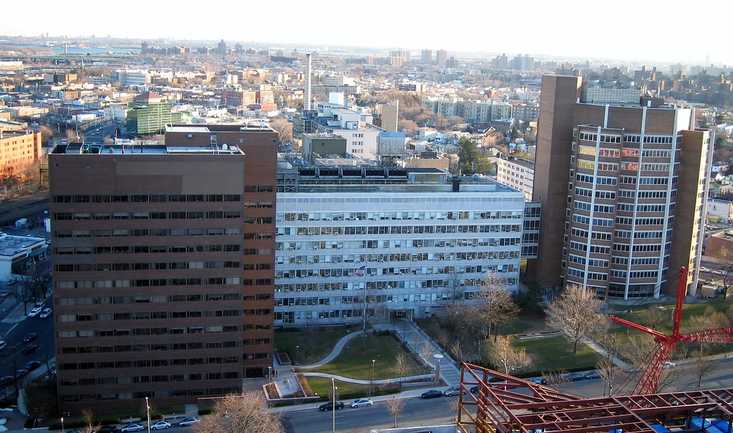Inside Waymo’s Plan To Reassure Robotaxi Skeptics
The company hopes more data will convince people these cars are safe. Giphy
Giphy
News that is entertaining to read
Subscribe for free to get more stories like this directly to your inboxTesla is eager to unveil its entry into the self-driving taxi business, but two companies already operating such vehicles — Cruise and Waymo — have learned that it’s difficult to convince the public that they’re safe.
Crashes, near-misses, and roadblocks caused primarily by software or camera issues have contributed to the skepticism, but Waymo is going on the offensive.
A deluge of data
The way the company, which is owned by Google’s parent corporation Alphabet, hopes to assuage fears is by releasing a trove of statistics that it insists proves self-driving taxis aren’t inherently dangerous additions to the nation’s roadways.
After a lengthy test period in multiple communities, Waymo believes it already has a compelling case and promises to keep updating the data in order to provide insight into the safety of its robotaxis.
The company hasn’t released such data since late last year, at which time it claimed its vehicles were far less likely to be involved in serious crashes than those driven by humans.
In June, it provided some additional specifics, indicating that its autonomous taxis were:
- 73% less likely to be involved in a crash resulting in injury
- Involved in 48% fewer wrecks that led to a police report
- 84% less likely to experience an airbag deployment
A lot has changed
When Waymo made its safety data public in December, its vehicles had traveled just over 7 million total miles without a human driver. That number has now more than tripled to roughly 22.2 million miles.
With so much more data to share, safety research director Trent Victor says transparency is now the company’s goal, noting that its new safety hub is “allowing people to replicate the results, see what we did, extend it, look at it through new lenses, add more complexity, and just advance the science.”
 Why Is The Aging Voyager 1 Probe Sending Back Incoherent Communications?
It's been speaking gibberish for a few months and officials are concerned.
Why Is The Aging Voyager 1 Probe Sending Back Incoherent Communications?
It's been speaking gibberish for a few months and officials are concerned. One Woman’s Massive Donation Is Wiping Out Tuition At This Medical School
Her inheritance came with the instruction to do "whatever you think is right."
One Woman’s Massive Donation Is Wiping Out Tuition At This Medical School
Her inheritance came with the instruction to do "whatever you think is right." Woman’s Pets Will Inherit Her Multimillion-Dollar Fortune, Not Her Kids
It's not the first time four-legged heirs were named in a will.
Woman’s Pets Will Inherit Her Multimillion-Dollar Fortune, Not Her Kids
It's not the first time four-legged heirs were named in a will.